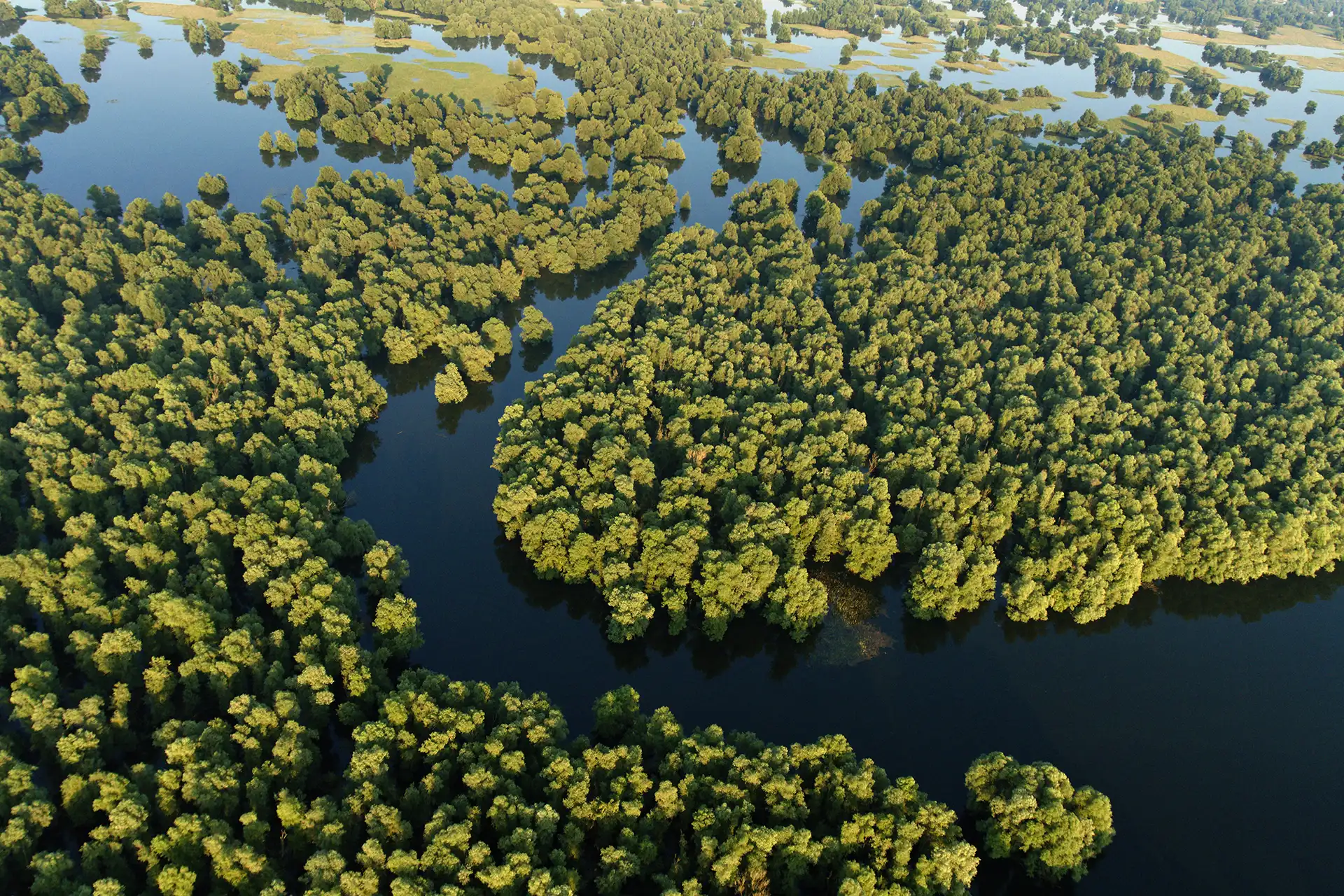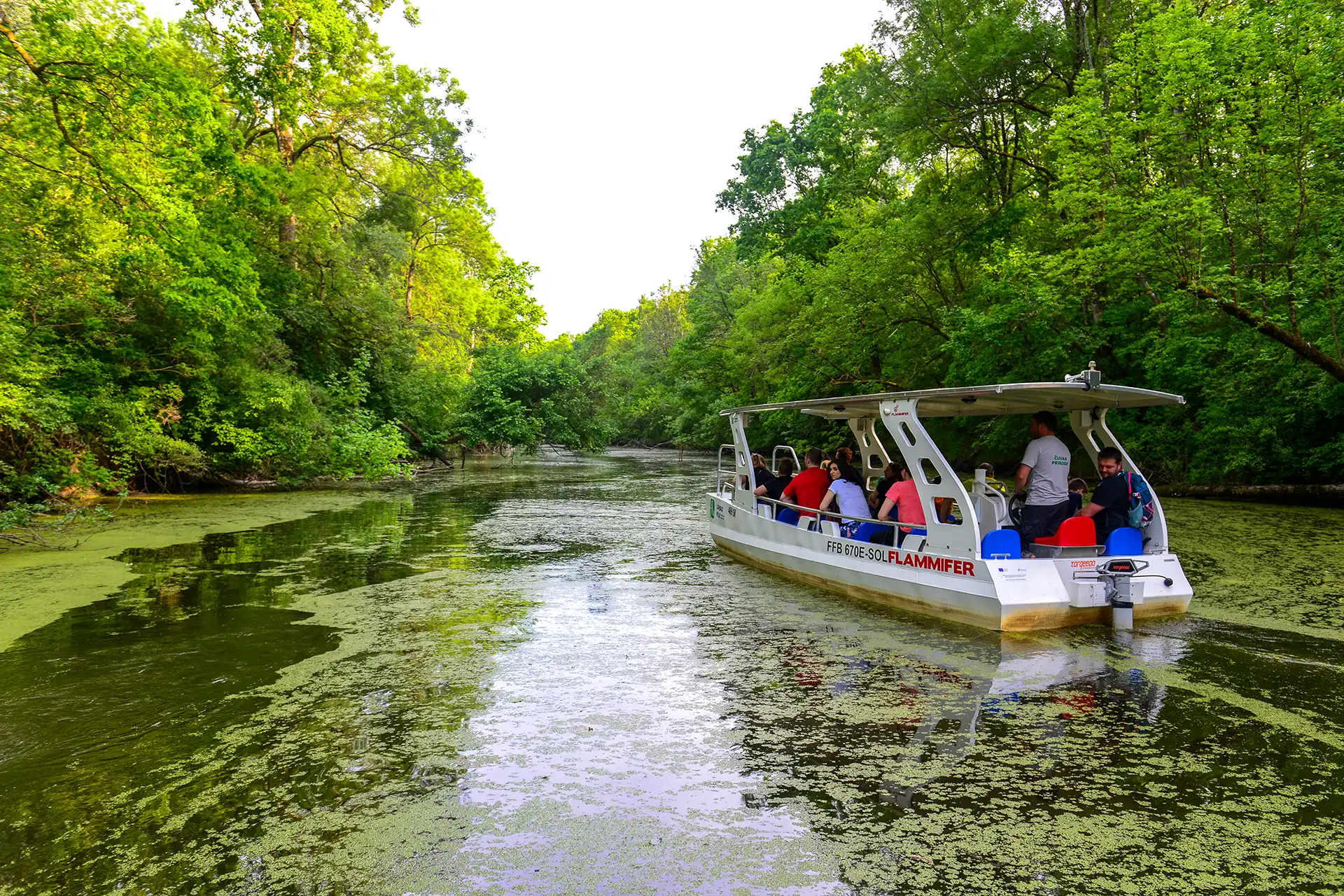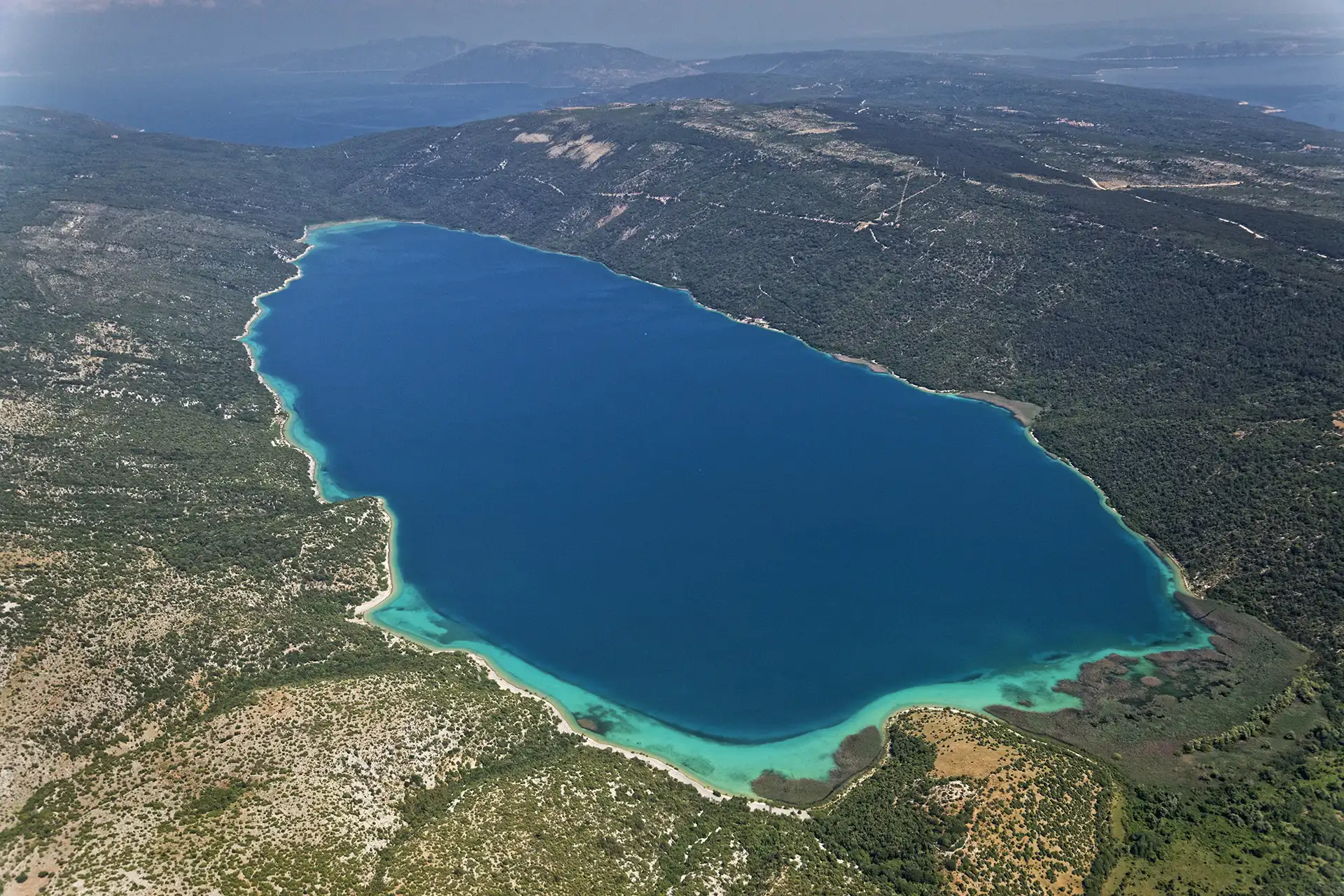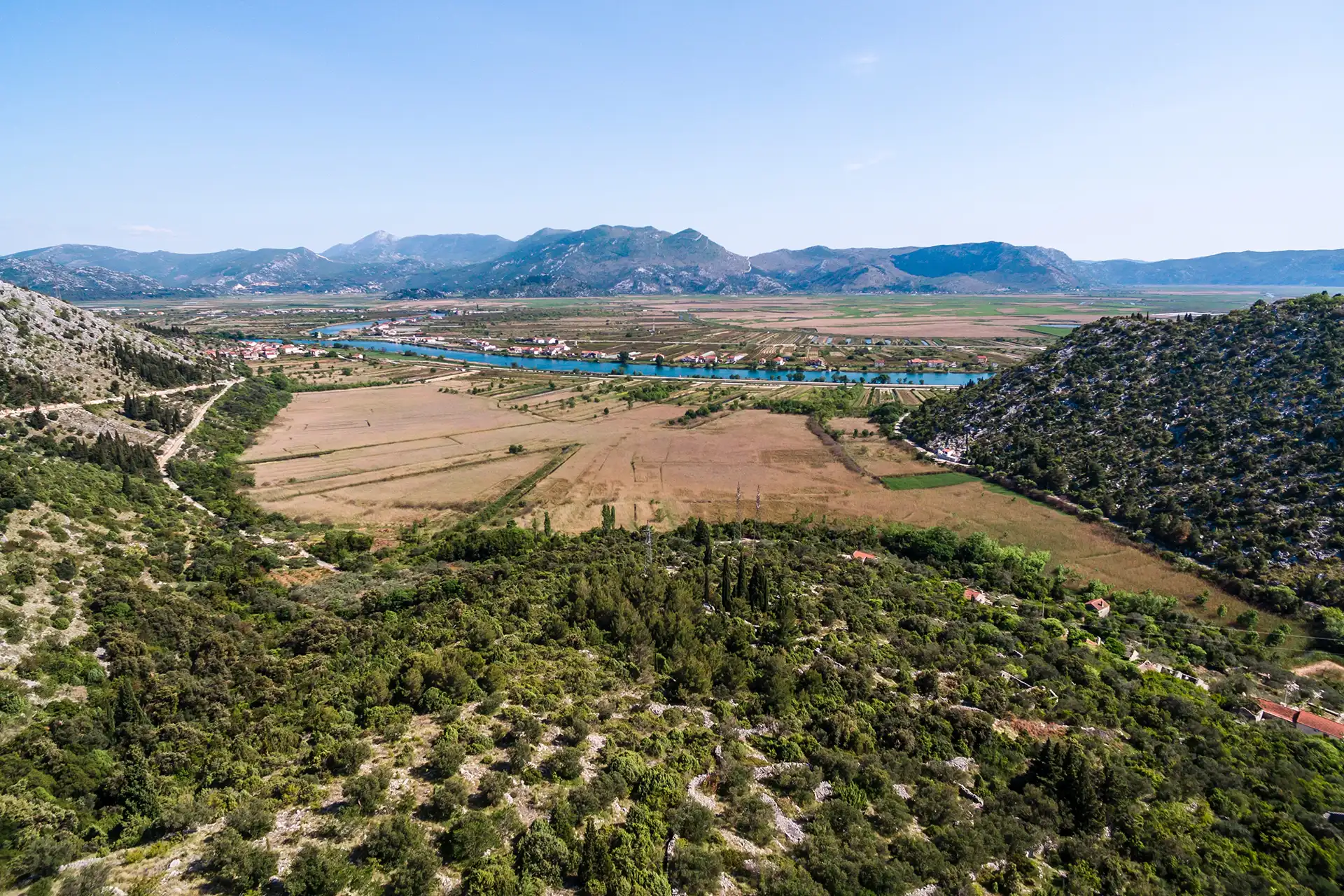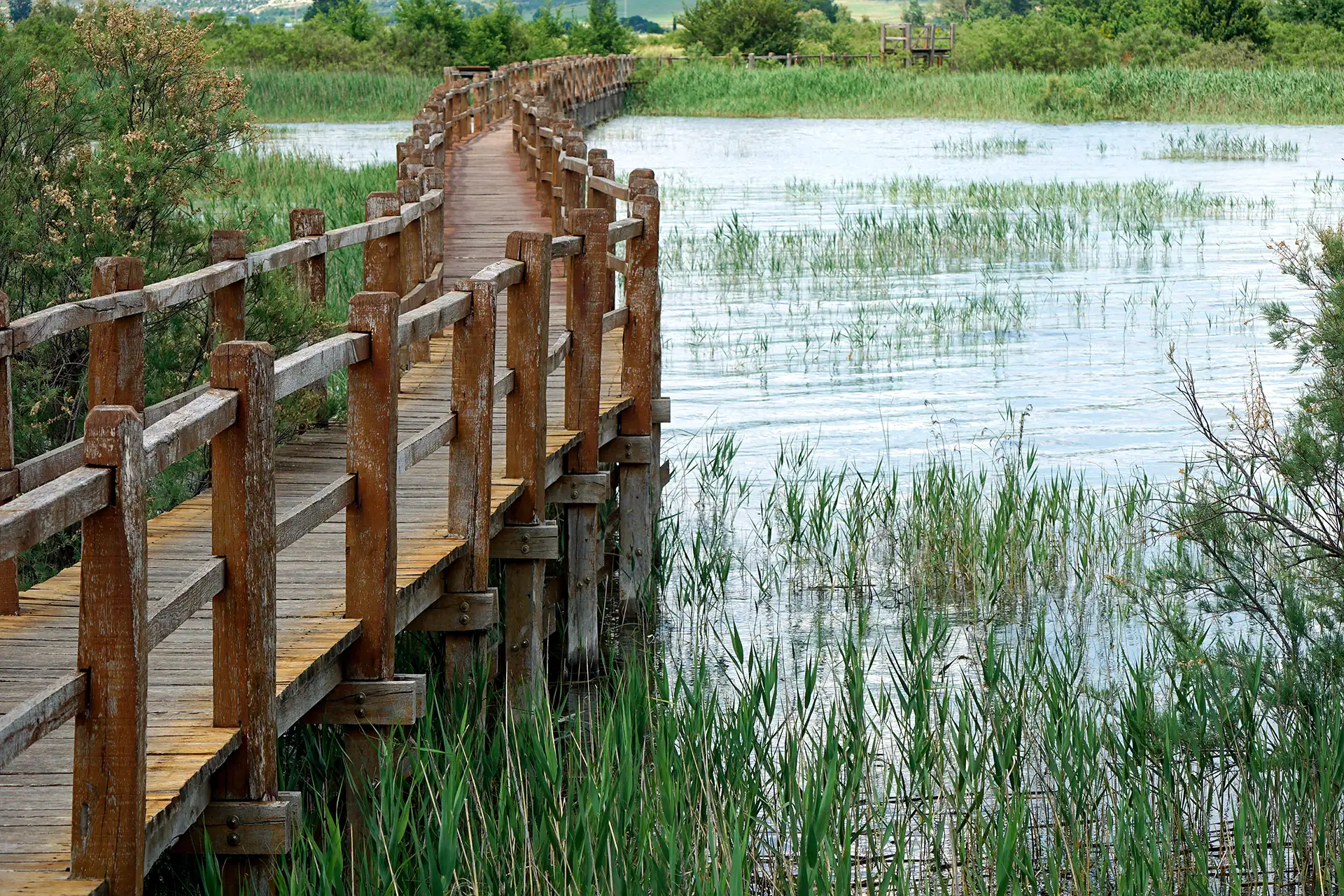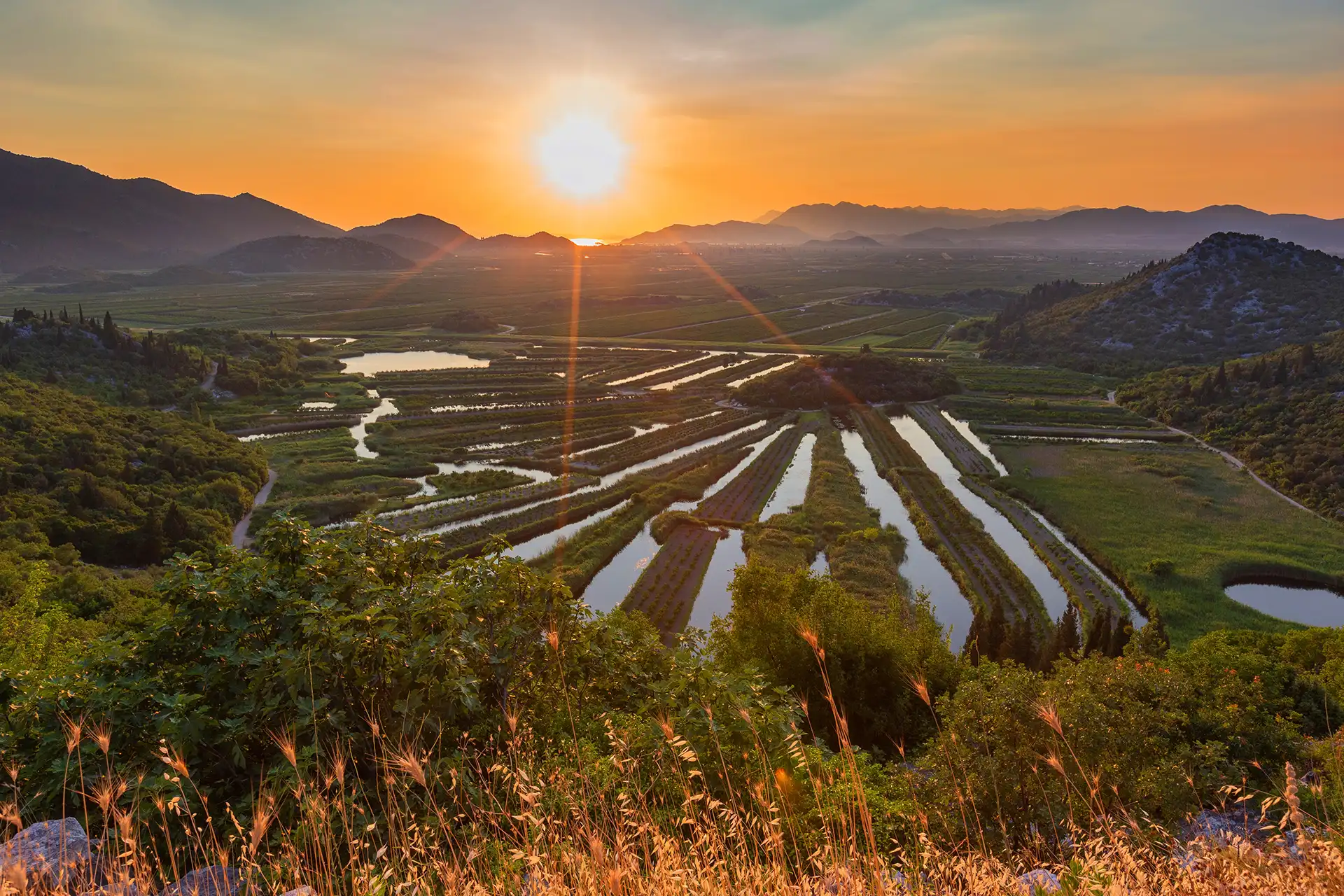When people think of Croatia, crystal-clear Adriatic beaches and ancient coastal towns usually steal the spotlight. But far from the sea, another, quieter world thrives — the wetlands. These magical, marshy landscapes are the lungs and lifeblood of the country, bursting with birdlife, secret waterways, and stories as rich as the soil itself. Here are Croatia’s top five wetlands that every nature lover, photographer, or curious traveler should explore.
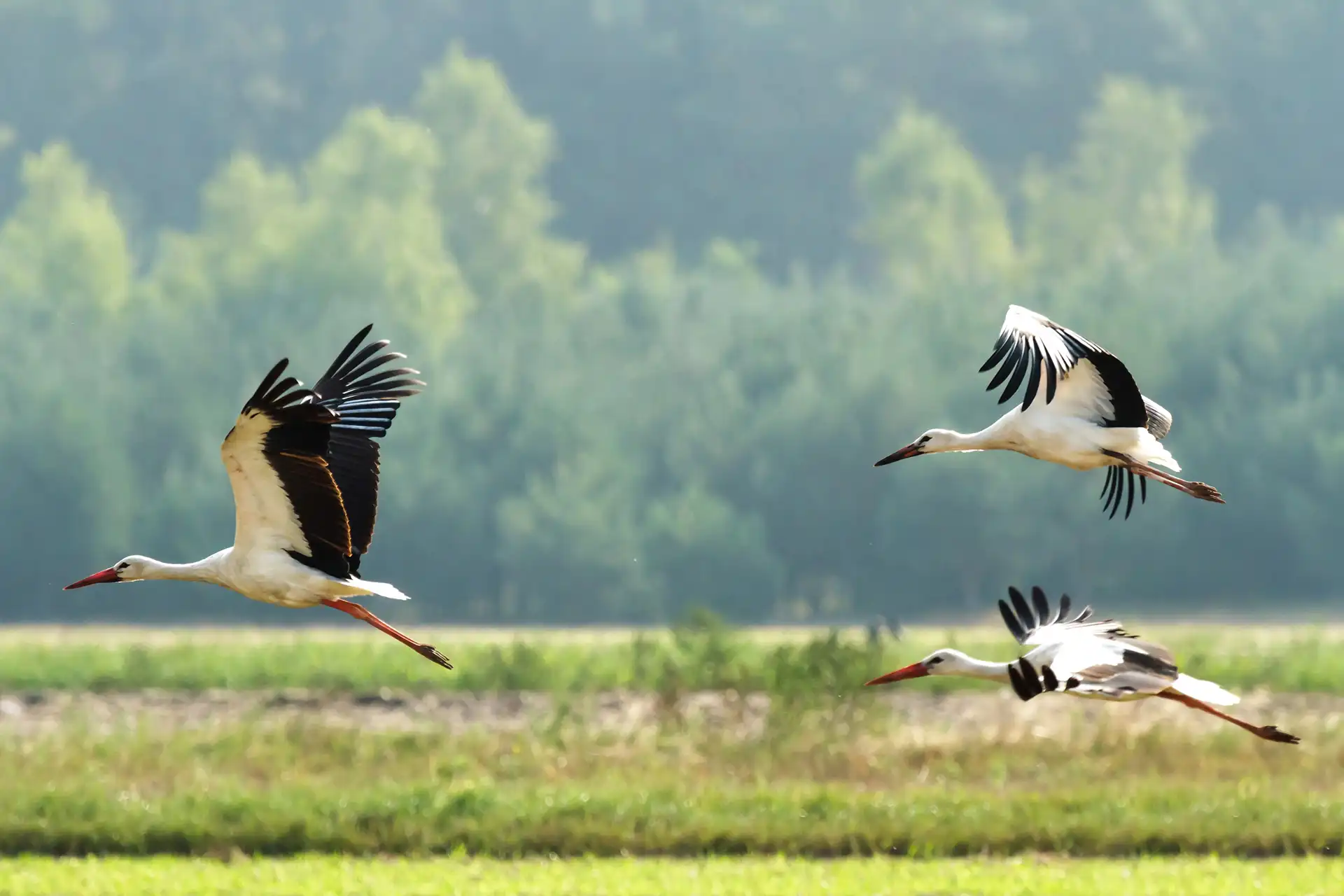
Photo credit:
Depositphotos.com
1. Kopački Rit – The Amazon of Croatia
Tucked between the mighty Drava and Danube rivers near Osijek, Kopački Rit Nature Park is often called the “Amazon of Croatia.” It’s one of Europe’s largest and most preserved wetlands — a labyrinth of channels, lakes, and floodplains that stretch as far as the eye can see.
Over 290 species of birds call it home, including elegant herons, white-tailed eagles, and rare spoonbills. If you’re lucky, you might spot deer wandering through the mist or a family of wild boar splashing at the water’s edge.
The park offers boat safaris, photo hides for birdwatchers, and peaceful walking trails. Fun fact: after the spring floods, entire forests here turn into shimmering lakes!
2. Lonjsko Polje – Where People and Nature Live in Harmony
Just an hour’s drive from Zagreb, Lonjsko Polje is Europe’s largest protected wetland area. This is a place where time slows down — storks build nests on wooden rooftops, and traditional oak houses line the rivers.
What makes Lonjsko Polje unique is the way humans and wildlife coexist. Locals still follow ancient traditions, like free-range cattle grazing on flood meadows, which actually helps maintain the ecosystem.
Each spring, the fields transform into a watery wonderland, attracting birdwatchers from around the world. Don’t miss the charming village of Čigoč, officially recognized as the European Stork Village — you’ll literally see dozens of storks perched above every house!
3. Vrana Lake – Where Freshwater Meets the Sea
Located near the Dalmatian coast between Zadar and Šibenik, Vrana Lake Nature Park is Croatia’s largest natural lake — and it’s surprisingly close to the sea!
Separated from the Adriatic by only a narrow strip of land, the lake is a paradise for migratory birds, with over 250 recorded species. You can cycle around the lake, kayak through reeds, or climb the Kamenjak viewpoint for a stunning panorama — lake on one side, turquoise sea on the other.
Local legend says the lake was once a nobleman’s vineyard that sank after a mysterious curse. Whether you believe it or not, the view alone feels enchanted.
4. Neretva Delta – A Taste of the Tropics in Southern Croatia
Drive south toward Dubrovnik, and you’ll find yourself in the Neretva Delta, a lush, green oasis of canals, lagoons, and fruit orchards. Known as “Croatia’s Garden,” it’s also one of the country’s most important bird migration zones.
What’s special here? You can explore the waterways on a traditional wooden boat called a lađa, sample local mandarin oranges, or visit the vibrant town of Metković, home to the fascinating Natural History Museum.
In summer, it feels almost tropical — with dragonflies dancing above lotus flowers and fishermen gliding silently through the reeds.
5. Crna Mlaka – A Birdwatcher’s Hidden Gem
Just southwest of Zagreb lies Crna Mlaka, a peaceful wetland and bird reserve that often flies under the radar. Originally built as a fishpond complex in the 19th century, it has since become a haven for wildlife.
Here, the air hums with life — from grebes and cormorants to majestic white eagles. The early morning mist over the ponds is pure magic, and the place has a calm, almost meditative feel. It’s the perfect day trip for anyone craving quiet and a touch of wilderness.
Photo credit:
Depositphotos.com, Hrvatski Fotosavez







.svg)
